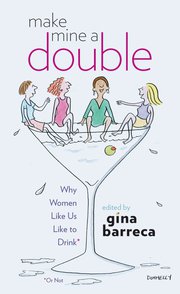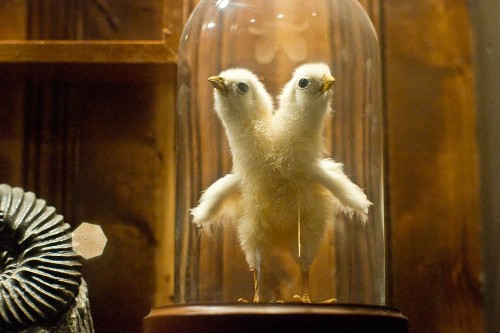 This is the 6th installment in an on-going series on my experience training to be a court reporter .
This is the 6th installment in an on-going series on my experience training to be a court reporter .
On a frigid Monday in February, I waited for the Seventh Avenue bus to take me to the Grand Army Plaza subway station. Once on the train, I ran into an acquaintance from my daughter’s elemetary school. I made a point of not telling her that I was on my way to Park Place for my first day of court reporting school.
I felt stealth, a secret agent embarking on a new career .
When I entered the classroom at the New York Career Institute, more than thirty people were already seated and waiting for the teacher to arrive. At 9:30 on the dot, Miss G, a skinny woman in late middle age with short spiky hair with specks of grey, entered the room.
The teacher!
She had big expressive eyes and bright red lipstick on her lips. Her outfit, I would later learn, was her teaching uniform: a flannel shirt, a wool scarf, grey sweat pants and white tennis shoes. She looked well put together, even stylish. Maybe it was her hair cut, which was neat and well coiffed.
Miss G, in a voice shrill, sharp and clear, directed a question to the classroom of newbies, mostly women in their early twenties and thirties. “Why are you here? Nobody comes here without a reason. Rarely do people think of this themselves. They have to be told.”
I was sitting next to M, the grey-haired woman I met at the orientation (“I think you’re in my demographic”). At 63 and 53 respectively, M and I were the two oldest people in the room. As Miss G went around the room, people described aunts who worked as court reporters, friends, and mothers who had done it years ago.
I told the group that I was inspired during jury duty. M mentioned that she looked it up on the Internet.
“It’s the second highest paying job you can get without a college degree.” she told the group.
What’s the first?” someone shouted out.
“Air traffic control,” she said.
The room erupted in laughter. All the faces I would come to know so well blended together that day. There was a man who never came back and a few others we’d never see again. Satisfied with the group’s answers, Miss G addressed the class:
“I am offering you a wonderful, well-paid career. If you work hard and practice and take this vey seriously, there is an opportunity for you here. Don’t squander it. Many people have come through this school. I have seen people who’d never studied before and took to this thing. This was something they were able to do. It has literally saved people’s lives…”
I was moved by the sincerity and passion of her speech. Afterwards, she sent us downstairs in groups to pick up our machines. Most of the class had purchased machines, which wouldn’t be arriving for another couple of months. In the meantime, the school was loaning out what Miss G called clunkers, rusty, old machines used by multitudes before us.
Down in the administration office, there was a room full of clunkers lined up in black canvas bags (not rolling suitcases). I was very excited to receive one and proudly carried it back upstairs. The others were already putting their machines together. Out of my bag I pulled out the machine itself, the foldable tripod legs, and the awkward metal drawer. Miss G went around the room offering aid to those who needed help. When everyone was set up, she told us to unwrap our first package of steno paper and showed us how to thread it through the machine.
We were ready to go.
Miss G showed us where to rest our fingers on the black keys. We learned a few letters: the two S’s and the two T’s.
“If the letter is on the left side of the keyboard it’s called ‘initial’ and if it’s on the right side it’s called ‘final,'”she instructed us.
The initial S is hit by the left pinky on the far left of the keyboard (see diagram, above). The final S is hit by the right pinky on the right side of the keyboard (but don’t hit the D and Z by mistake). Sitting at her desk at the front of the room, Miss G began to drill us in a voice something between an army sergeant and a stern piano teacher.
“Initial S, final S, initial S, final S, initial S..”
“Use the pinky,” she yelled out if she spotted someone who was using their ring finger instead of the pinkie.
“Initial T, final T, initial T, final T, initial T…”
Miss G drilled us for the rest of the class period, keeping an eagle eye out for fingering mistakes. A young woman, who had failed the class previously and was taking it again, sat near Miss G. She wore Pink brand sweat pants, hoodie, and expensive Nike sneakers and used the wrong fingering.
“I told you, use the correct fingers,” Miss G admonished her.
M approached the fingerings with great seriousness, she seemed to be struggling. That first day I felt surprisingly calm. I enjoyed pressing the keys down as Miss G shouted out the letters. It was a satisfying sensation that reminded me of playing an instrument. I hadn’t used my pinkies that way since playing the guitar. I liked the way it felt. I almost wished the machine made a musical sound.
The time passed quickly. Before I knew it, it was noon and the class was winding down.
“The party’s over,” Miss G. said to the class. “Go home and practice.”
I was sure I would, and I knew I’d be back the next day.
To be continued…













